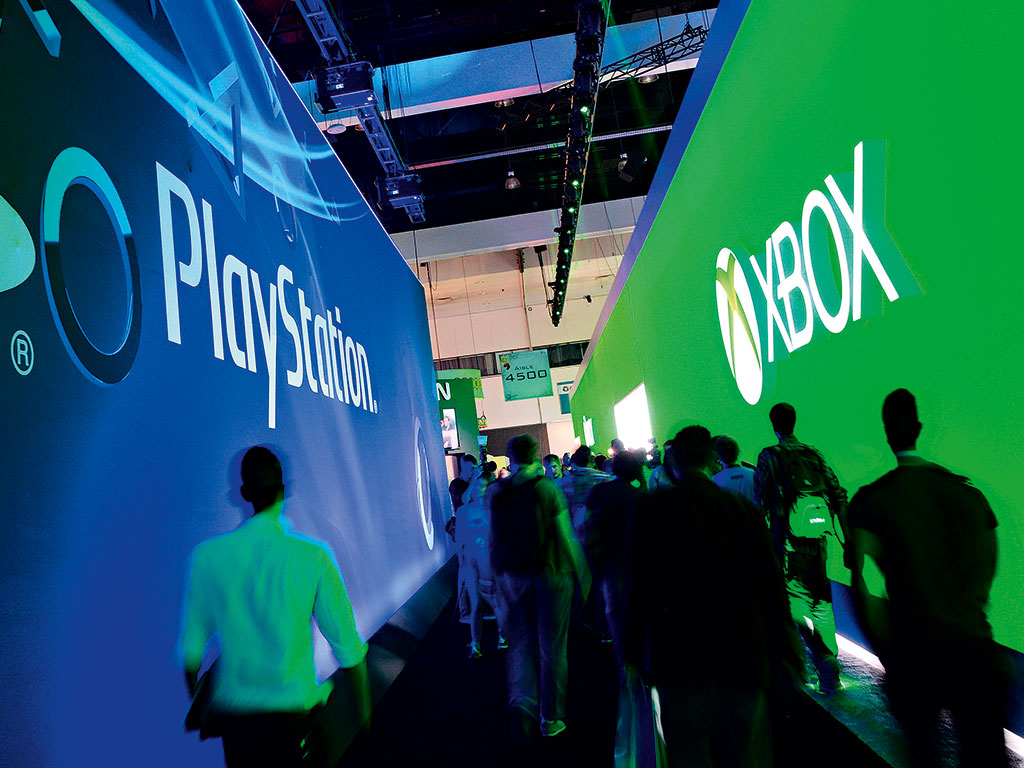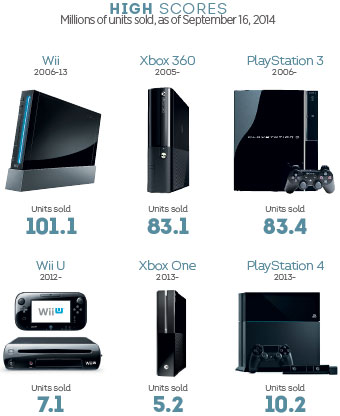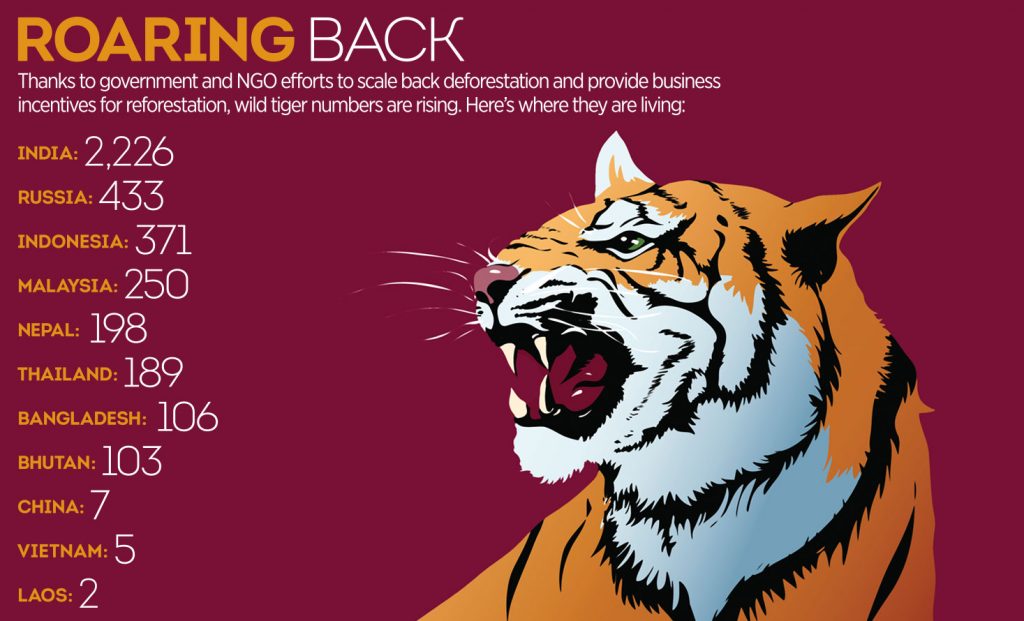The future is cloudy for consoles as video games move online
It looks like cloud gaming will render the dedicated games console redundant, and transform gaming from a product into a service. Matt Timms picks up a controller and finds out

A game controller. The dematerialisation of console gaming has led many to speculate about what the future may hold for the sector as games increasingly move onto the cloud
After seven years spent on table tops and store shelves as the ‘latest thing’, the last generation of gaming consoles was left to grow a little too long in the tooth. Any sniff of significance the PlayStation 3 and Xbox 360 might have had at the beginning of the cycle waned as the years wore on; as diversification, dematerialisation, and the migration of gaming from the lounge chair to the mobile impacted the console business.
$28.9bn
Value of console gaming in 2008
$18.3bn
Value of console gaming in 2013
It was to an all-too-familiar sigh of exasperation, then, that industry rivals Sony and Microsoft revealed their next generation of consoles would be without backwards compatibility functionality, condemning an entire back catalogue of games to bargain bins and basements the world over. Citing technical limitations as the reason for the impracticality, the console-makers explained to disappointed gamers across the globe that the new PlayStation 4 and Xbox One consoles would not be the all-in-one entertainment hubs they’d so desperately hoped for.
Industry commentators nudged shoulders and wore an all-too-knowing smile, safe in the knowledge their predictions about console gaming’s imminent demise were spot on. Already riled by the rising popularity of mobile gaming, waning video game sales and an increasingly uninterested consumer, the market for console gaming looked to be on its last legs. The release of a new machine could bring nothing but disastrous consequences for all involved.
In an era when path-breaking advances have been made in the mobile sector, and PC gamers have gravitated towards digital distribution channels such as Steam, consoles have by and large failed to keep pace with the transformation. “The console market isn’t dying, but it isn’t growing either, which might as well mean the same thing,” says James McQuivey, Vice President and Principal Analyst at Forrester. Down from an all-time high of $28.9bn back in 2008, the console gaming industry was last year valued at $18.3bn, and sales throughout even the busiest spells were slow. Once a household staple, the games console – and what it represents – has turned from a family-orientated affair into an enthusiast’s paradise.
“Game consoles haven’t fallen yet, but we’ll see that this most recent generation of consoles will never sell as much as the generation before it,” says McQuivey. “50 million each for Sony and Microsoft – or more like 60 million for Sony and 40 million for Microsoft – is still a business, and a worthwhile one. But not one that Microsoft or Sony will value enough to care about building the generation that follows it.”
Manufacture and development take up a large chunk of spending on consoles
Digital shift
However, there is one figure that stands apart from the rest and represents a sign of more positive things to come for consoles. Amid the written proof of falling profits and dwindling customer numbers is one hopeful statistic: annual sales of digitally distributed console games outsold physical copies for the first time. No longer the disc-dominated marketplace it once was, the console gaming industry has thrust its way firmly into the age of digital distribution, and it is in this area that console players will focus their attentions.
One report, compiled by the Entertainment Software Association, shows digitally distributed games accounted for 53 percent of global sales in 2013, comparing favourably with the 41/59 and 32/68 split between digital and disc in 2012 and 2011 respectively. And while the drive to digital has long been a feature of the PC gaming market, it is only in recent years that console gamers have opted for digital downloads ahead of discs, leading to a seismic shift in industry models.
For one, the emergence of digital distribution means the opportunities for smaller developers are far greater than they have been historically, and studios need no longer plough millions of dollars into big budget titles in order to turn a profit. Small, independent developers have become a staple of the new digital-centric console gaming scene, calling into question the ‘go big or go home’ mentality of the industry.
The effects of this new digital-first strategy could be seen at work towards the beginning of the year, when the creative director and co-founder of the award-winning and multi-million-selling studio Irrational Games, Ken Levine, disbanded the company to capitalise on all things digital. “I am winding down Irrational Games as you know it,” wrote Levine in a public letter, marking the end of his 17-year spell at the company. “To meet the challenge ahead, I need to refocus my energy on a smaller team with a flatter structure and a more direct relationship with gamers. In many ways, it will be a return to how we started: a small team making games for the core gaming audience.”
Levine represents just one in a long line of major industry names inspired by the new opportunities afforded by the drive to digital. “We will focus exclusively on content delivered digitally,” wrote Levine, and so too should the rest of the industry if it is to weather the throes of a digital revolution in console gaming.

Cloud gaming
The dematerialisation of console gaming has led many to speculate about what the future may hold for the sector, and, indeed, whether there may be a future for dedicated machines at all. Perhaps the biggest change – and in many ways threat – to befall consoles is cloud gaming.
Although both Sony and Microsoft insisted their consoles would not be backwards compatible at launch, a solution to the shortfall has since presented itself: Sony will soon offer an entire back catalogue of games on a new streaming service it calls PlayStation Now. The company’s new service makes available a host of selected PlayStation 3, PlayStation 2 and even PlayStation 1 titles on either a per-game or subscription basis. Not only has this development appeased previously disappointed gamers, it has also addressed a number of lingering inefficiencies in the market and – perhaps inadvertently – paved the way for a console-free future. Should streaming services such as PlayStation Now really take off, we could see a situation where the cloud supersedes physical and even digital purchases as the next gaming frontier.
Digital/disc split in video game spending (%)
32|68
2011
41|59
2012
53|47
2013
It’s no secret that manufacture and development take up a large chunk of spending on consoles: it’s usually some way into the development cycle that the creators begin to turn a profit. The concept of cloud gaming is an attractive one for developers in that it allows them to update their games on the fly, instead of reconfiguring (and in many instances overhauling) game engines and mechanics for a new generation of consoles every few years. The potential cost savings of the cloud could even align the costs of console gaming with its cheaper mobile and PC counterparts, broadening its commercial appeal and freeing the sector from too-big-to-fail projects. Cloud gaming could bring a greater number of consumers to console gaming, as the financial barriers to entry – which have, in recent years, made it an enthusiast’s paradise – are broken down.
The development is not all plain sailing, however, and there are still a number of challenges for the industry to overcome. For one, much like the digital adjustments made to the music industry, buying a digital copy of a game does not mean the user necessarily owns it, so ‘owners’ cannot sell or share any purchases they make.
By far the largest obstacle, however, is the reliance on broadband speed ahead of hardware. The connection speed required to stream a game far outstrips what is required to run a music track or film. The sad fact is that, without a reliable broadband connection, users will be unable to get on board with cloud gaming. The success of the development hinges on internet infrastructure, especially in rural areas and developing markets, where capacity often falls short of demand. The data usage associated with streaming – not just with games but any media – poses another potential problem for consumers, in that bandwidth caps could impose additional fees on those using streaming services such as PlayStation Now, Spotify and Netflix.
Should users overcome these issues, however, the emergence of cloud gaming will mark a significant turning point for the industry; gaming will no longer be a product, but a service.
The Netflix model
The so-called ‘Netflix model’ has inspired admiring observers to try their hand at trimming costs by signing deals with developers and offering a subscription price. However, the vast majority of those attempting to replicate the model – Sony included – fall down in one key area: whereas Netflix succeeded early in putting pen to paper with a number of major industry names and then pumped its profits into new and more expensive deals, Sony, put plainly, does not have the financial clout to bring developers on board for a similarly low-cost service.
The subscription price for PlayStation Now has not yet been confirmed, and the marketplace at present offers only limited rentals on a per title basis. In all likelihood, the subscription price will come on top of PlayStation’s online service, PlayStation Plus, and, if current rental prices are anything to go by, the fee is likely to be on the steep side.

Critics of PlayStation’s cloud gaming endeavour have been quick to point out that the rental rates offer little in the way of value when compared with a physical copy of the game. Popular first-person shooter Killzone 3, for example, is available on PlayStation Now at a price of $2.99 for four hours, but the cost of the physical copy on GameStop is $4.99. This issue is near enough consistent across the board.
Claims that PlayStation Now equates to a ‘Netflix of games’ are both premature and ill-advised. At present, the streaming service succeeds only in offering gamers a chance to experience titles they are without the hardware to otherwise play. Streaming represents a departure from discs, but, without the cost benefits, the service benefits only a narrow cross section of consumers.
Running out of lives
The rise of cloud gaming not only poses a threat to retailers whose business model rests on selling used products, but more traditional game sellers, whose margins have been squeezed in recent years; their demise spared only by the additional profits that come by way of used game sales. Clearly, retailers still retain a distinct advantage over their cloud-based competitors for the time being – though for how long remains to be seen.
“Cloud will win – it’s winning in every other medium as well, from Spotify to Kindle to Netflix,” says McQuivey. “Mobile gaming has already proven that cloud wins and consoles will follow soon, once the network is fast enough to compensate for the extra burden console-quality games bring in terms of storage and bandwidth. But because cloud-based interactions are already integral to gaming, we can already see where gaming will be a few years from now: in the cloud. But remember, people still spend billions each year on CDs and even DVDs; the same will be true for games, at least for a few years. Until, suddenly, it isn’t. Second-hand retailers have at least three years to adapt, then they’ll find themselves about as relevant as Barnes & Noble.”
The fact remains that cloud gaming is still in the very early stages of development, and offers only a glimpse of where console gaming is headed. However, should latency cease to be an issue, the industry will be left with no option but to abandon dedicated machines and embrace the many benefits that accompany streaming. Then, and only then, will the issue of inadequate infrastructure reveal itself in full, leaving connectivity, or lack thereof, as by far the biggest obstacle to growth in a much-changed gaming market.













